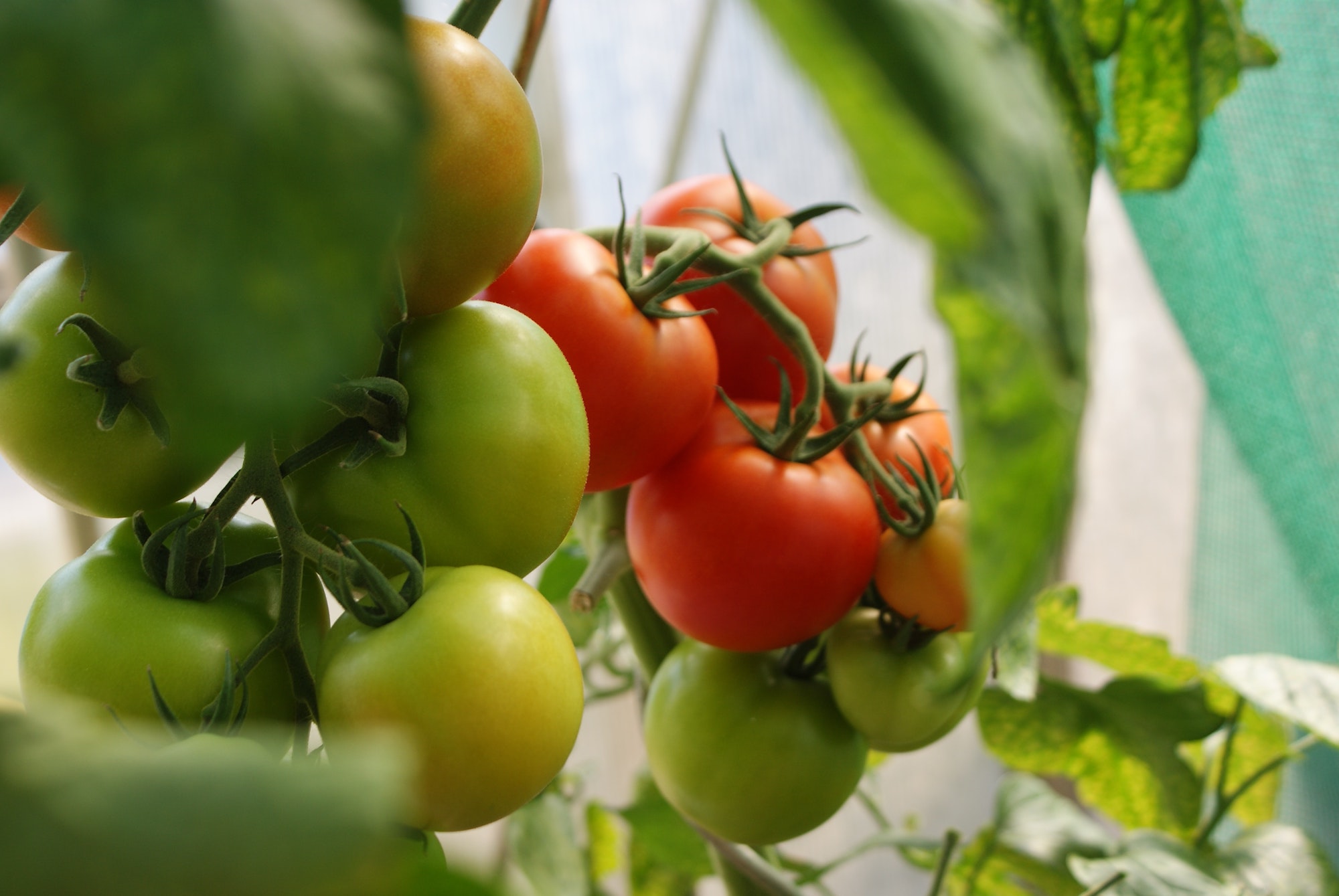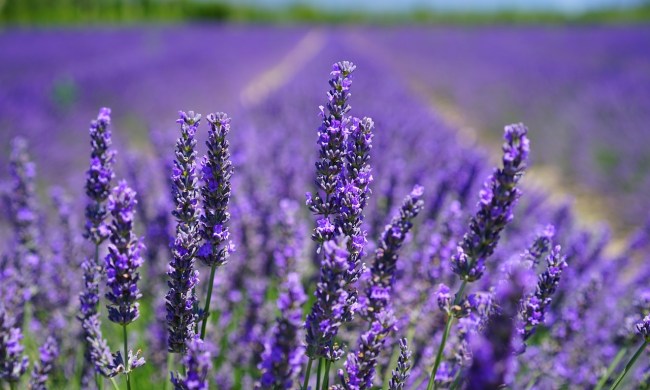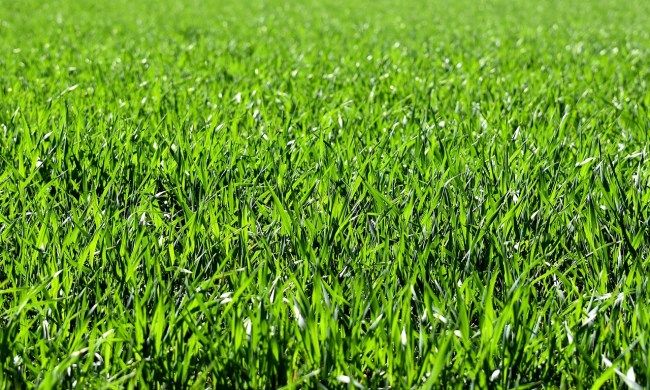Tomatoes are one of the most common crops grown by gardeners at home, and it is not difficult to understand why. Tomatoes are relatively easy to grow, as they can survive in many climates. Each plant produces a great yield, and tomatoes are essential commodities in the kitchen, as they produce savory salads and several other dishes. The time and effort put into tomato gardening are often more than worth it. Growing tomatoes is a satisfying hobby. To get great produce from your tomato garden or bed, here are five great tips for growing tomatoes:
- Stake them early and carefully.
- Never water from above.
- Pinch, pinch, pinch! Get rid of suckers.
- Rotate your tomato crops.
- Tidy up at the end of the season.
What helps tomatoes grow?

Pick the right variety of seed
There are many conditions that tomatoes need to actually produce good fruits, ranging from climatic conditions to soil properties to the variety of seed planted. To grow healthy and juicy tomatoes, it is very important that you choose a suitable variety for your soil type and the weather conditions.
Give them sunlight
What’s the required amount of sunlight for growing tomatoes? Plenty. The seedlings need much of it to grow properly. Natural light for at least six hours per day or fluorescent light for around 10 hours a day will make your tomato seedlings healthier. Also, when transplanting, you should make sure you choose a sunny part of the garden, as tomatoes do well in the sun.
Prepare the soil
Make sure you prepare the soil adequately to receive the seeds. Ensure that you give the seeds enough space to grow when you start planting tomato seeds. Avoid overcrowding in one place.
Transplant firmly
When it is time to transplant tomatoes, make sure you plant them deeply — a few leaves may get immersed in the soil. Roots may form from stems of tomatoes, so planting deeply increases the chance of survival for your tomatoes.
Stake properly
Staking provides support for your tomato seedlings so they do not fall. It helps to protect your seedlings from getting destroyed by the wind. It can also help to drag tomato seedlings into the soil and save a lot of space.
Which months are best for growing tomatoes?
Cold climates are the enemies of tomatoes — they do well in warm climates. In adequately-warm climates, tomatoes can be cultivated throughout the year. However, for the best results in terms of fruity and juicy tomatoes, you can plant tomatoes in April, and this applies to any variety of tomatoes. However, in cold climates, make sure you plant your tomatoes before September, so frost will not destroy your seedlings, as tomatoes seedlings get crushed under the weight of frost. For any variety, the best months to plant are April, May, and June.
How you can make tomatoes grow faster

These cute little plants grow better when the soil is warm. If you want big tomato fruits, keep tomato plants warm. Do not do that by overcrowding them — give them space for ventilation.
As your plants grow, water them regularly. Do not skip a week, and make sure you water them consistently. Make a schedule and stick to it when it comes to watering. Only reduce the watering just as the fruits are ripening, which will increase the sweetness of the tomatoes.
As a tomato gardener, beware of fungi. Fungal diseases are very common in tomato plants. Therefore, spray the plants every week with tea compost. This is a great way to prevent the appearance of fungi on your defenseless plant, so you can have healthy plants, which translate to big and juicy tomato fruits.
How much sun do tomatoes need?
Seedlings need a lot of light to grow well. Place them in the sun for at least six hours a day, or keep them a few inches from fluorescent light for at least 12 hours a day. Choose the sunniest area when you transplant your tomato plants to your garden to provide you with lots of delicious tomatoes. Your fruits contain higher vitamin C levels when the plants are exposed to direct sunlight for most parts of the day. However, too much direct sunlight can kill your plants quickly if you do not take care of them.
Do tomato plants need pruning?

Yes, pruning is important in tomato gardens. Once your plants are around 3 feet tall, remove the leaves from the first inch of the plant, as they are especially prone to fungi, so it is better to get rid of them. Also, remove leaves that sprout from the corners of two branches. They are called suckers and suck energy from your plant. Pinch off leaves that block the light hitting the tomato itself, but do not overdo it. Leaves add flavor to your tomatoes, so do not remove a lot of leaves from a plant. Moreover, adequate ventilation helps them develop strong stems and circulation of air, which keeps fungi away.
These tips will help you produce great tomatoes from your garden. However, the journey to getting the freshest and tastiest tomatoes begins with the preparation of the soil, as the quality of the soil is very important for your plant. Take care of the soil just as much as you care for your plants.


